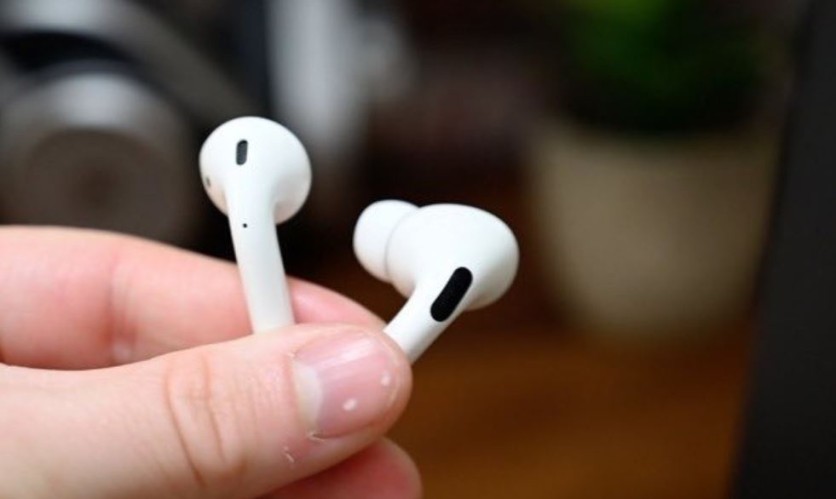Future AirPods might just use "bone conduction" to enhance the quality of music and other audios. How does bone conduction works? According to Apple Insider's latest report, the development of a future AirPods might include the use of bone conduction technology to allow users to listen to audios in different circumstances, where normal earphones or other headsets are not effective.

Serial leaks have stated that @Apple could release new airpods like the Airpods Prolite or Airpods Studio in the near future pic.twitter.com/3xbMwOAxIJ — Alo Phone Dealer (@kojo_wiase) July 21, 2020
Aside from that, the future AirPods may use a proposed system to combine the normal air-based sound transmission with bone conduction. This technology allowed users to listen to music, as well as take phone calls using a headset, without relying on earpieces for the past years.
Bone conduction doesn't rely on the air to transmit sound. Instead, it sends sounds signals by targeting specific points on a user's head, transmitting the signal from the skull to the user's ear, where vibrations are converted into audio.
For more interesting wearable gadgets' innovation, keep your devices notified by TechTimes. Also, you might want to see this leaked photo of the mysterious next-gen Xbox controller.
Also Read : White Next-Gen Xbox Controller Mysteriously Leaked Online: Photo Revealed A New D-Pad of Series X
If this can be made possible, it will provide users with many benefits, such as allowing them to hear the environment since their ear canals are free, while also allowing them to listen to the device's audio. It will also help those who have damaged ears since they can use normal earphones or headphones.
Bone conduction can also help in situations where air-based methods are not applicable, such as speakers. It will allow users to listen to their device's audio even when they're underwater.
Bone conduction might be promising, but, there are also some disadvantages
Although bone conduction technology can be a promising one, it also has some drawbacks that limit its utility. Human's ability to hear ranges from 2- Hertz to 20,000 Hz, while bone conduction is only efficient at sub-4,000Hz levels. Bone conduction's hearing range cannot reach higher Hertz since the sound will deteriorate.

my bf said he’d get me AirPods or pay for my trainer for my bday and I picked AirPods like a basic and now my gym is closed for the foreseeable future and I will be listening to audiobooks and podcasts *in style* pancho is currently inspecting them pic.twitter.com/3jay5HQl3a — claribel a. ortega (@Claribel_Ortega) March 18, 2020
Wearing an AirPods with bone conduction can tickle the user at high intensities since it needs to contact with the head, making it uncomfortable to wear.
However, Apple said that these issues might be resolved if the technology is mitigated, partly through the support of standard air conduction methods.
The company suggested that it should be constructed in a way that doesn't block the ear canal from other audio sources, while still allowing the user to hear the environment. This allows people to take advantage of bone conduction technology while receiving the full audio range benefits.
Visit our website at https://www.techtimes.com/
This article is owned by TechTimes,
Written by: Giuliano de Leon.
ⓒ 2025 TECHTIMES.com All rights reserved. Do not reproduce without permission.




